
 |
|
|
Nursery & Forest
Volume 59 Number 15 Date 08/14/2014 LECANIUM SCALE - Light infestations of this flat, elliptical brown scale insect were found this week on ash, elm and linden trees in Brown County. Egg hatch occurred several weeks ago and the mobile crawlers are no longer active in most parts of the state. Late June is usually the optimal time to target the yellow crawlers with horticultural oils or soaps, insect growth regulators, or conventional insecticides, before they settle onto the twigs and branches. At this point in the season, the scales have attached to tree branches and stems where they will overwinter. Nursery stock retailers should promptly remove and destroy infested plants as soon as the scales are noticed. Growers of nursery plants are required to treat infested stock before it can be offered for sale. Dormant oils or horticultural oils applied at higher rates in early spring are an effective control against the overwintered female scales. SPRUCE NEEDLEMINER - Nursery inspections in Brown County found minor needle damage on Colorado blue spruce caused by the larvae of this insect, which hollow out the base of spruce needles. Groups of needles are often cut and later webbed together in a small mass. Infestations of large trees are usually confined to lower branches, but entire crowns of small trees may be defoliated. Late-season needleminer control consists of removing and burning dead needles to reduce the overwintering population. Treatments targeting the young larvae before they begin burrowing into the needles should be applied early next spring when Magnolia x soulangiana is in full bloom, around 100-200 degree days base 50°F. DOTHISTROMA NEEDLE BLIGHT - This damaging foliar disease was noted on Austrian pines in Brown County. The causal fungus infects needles and may kill pines after successive years of severe infection. Early symptoms are yellowish-red spots which appear on foliage in mid-summer and later develop into reddish-brown bands that encircle affected needles. This pattern of discoloration is the reason Dothistroma is also aptly called "red band needle blight". Symptoms are usually most severe in the lower crown. Copper fungicides can be used to prevent infection. A mid-May application protects needles from previous seasons and a second application 4-6 weeks later protects current-year needles. -- Ellen Hermanson, DATCP Nursery Inspector FOLIAR NEMATODE OF HOSTA - Several hosta cultivars at a nursery in Eau Claire County had characteristic brown necrotic leaf streaks indicative of feeding by foliar nematodes. The symptoms are more pronounced and recognizable later in the growing season. This pest is readily spread among hostas by rainfall and splashing water, as well as overhead irrigation. The most effective foliar nematode control is avoidance by purchasing uninfested plants. If symptomatic hostas are observed, all infected tissues or leaves should be removed and destroyed. Reducing leaf wetness is also advised to prevent the nematodes from spreading to other plants. -- Konnie Jerabek, DATCP Nursery Inspector 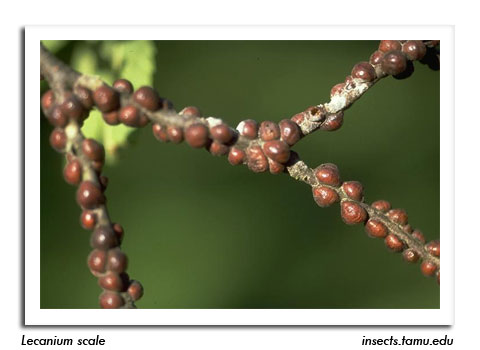
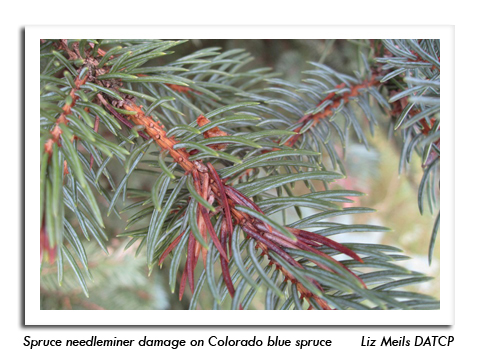
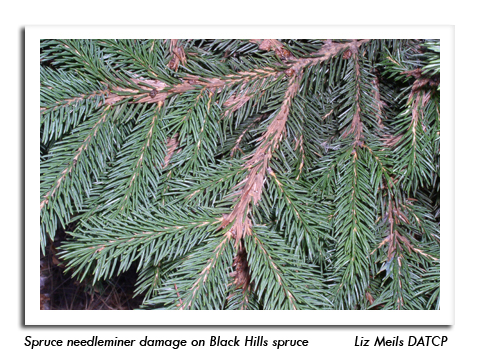
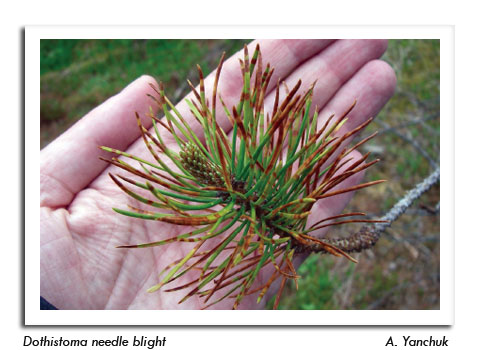
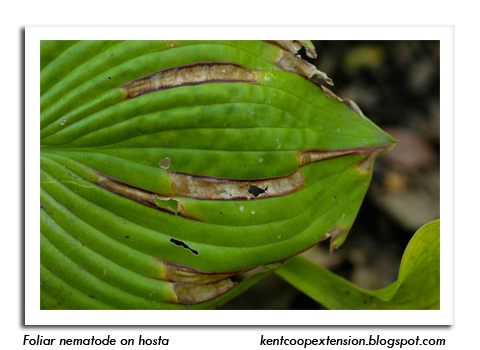
|
|
|